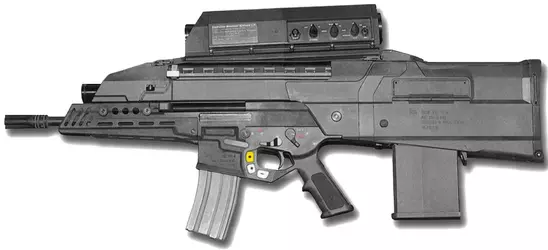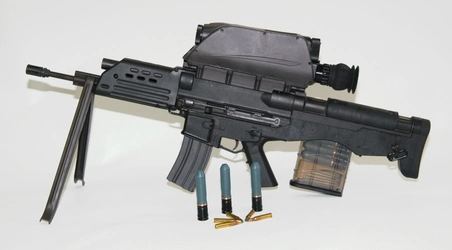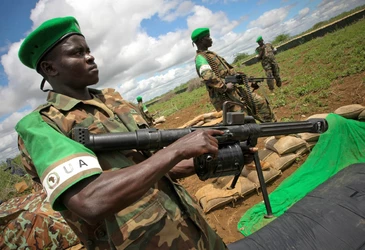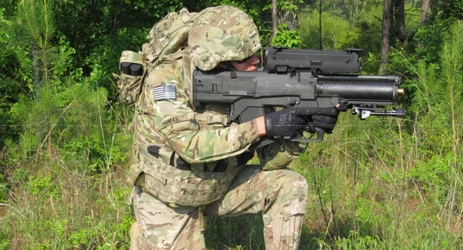- Joined
- Feb 4, 2025
I stumbled upon this post:
I did hazard the speculation that they might do it now, because of drones, which prompted mixed reactions to those off-topic rants.
Most loitering munitions are slow and fly under 200 kph, they might accelerate when diving on a target, but in general they are janky, oversized, r/c planes. fpv drones also buzz around at those speeds, which means we kinda do have the same situation as in WW1 with double-deckers doing strafe runs or outright dropping explosives on peoples heads from the cockpit, just much smaller, harder to hit and today's infantry does lack anything, safe for manpad AA systems (not for fpv drones) and shot guns to engage such targets.
So I began looking into it:




So, I don't see an inherent problem with the format.
These things aren't too heavy either and the projectiles do have effective reach between 500 and 1000 meters.
However, all these shortened 20mm shells are a little bit slow, just roughly tripling a drone's top speed. It's all around 200m/s.

Are man portable, mass produced air-burst auto-cannons in the cards?
Will there be an upscaling of the supply infrastructure for electronic munitions like that?
Could those things be turned into drone killers with tracking and lead calculating optics and a smaller, higher velocity caliber?
How small could such new rounds be made? What's feasible?
Much DARPA, very hype.
Yes, tell me I'm retarded, if you must, but feel free to drop some wisdom while you are at it.
But I think this shit may have a come-back.
Aside: Formerly outdated, french 20mm Flak Guns are getting upgraded targeting systems to engage in drone warfare.
Which made me recall that there was lots of shillery around programmable, or "smart" infantry 'nade launchers many a moon ago.Flak tanks, to no one's surprise, fire fused shells
I did hazard the speculation that they might do it now, because of drones, which prompted mixed reactions to those off-topic rants.
Most loitering munitions are slow and fly under 200 kph, they might accelerate when diving on a target, but in general they are janky, oversized, r/c planes. fpv drones also buzz around at those speeds, which means we kinda do have the same situation as in WW1 with double-deckers doing strafe runs or outright dropping explosives on peoples heads from the cockpit, just much smaller, harder to hit and today's infantry does lack anything, safe for manpad AA systems (not for fpv drones) and shot guns to engage such targets.
So I began looking into it:
XM29 OICW - Smart and Automatic, never lived past prototyping

S&T Daewoo K11 - Shmart, but bolt action

Primitive, hand-held auto-cannons DO seem to have gained some traction:
QLZ-87 - Buttnaked would've chosen this one

Neopup PAW-20 - Not smart, just automatic, but looks the part

So, I don't see an inherent problem with the format.
These things aren't too heavy either and the projectiles do have effective reach between 500 and 1000 meters.
However, all these shortened 20mm shells are a little bit slow, just roughly tripling a drone's top speed. It's all around 200m/s.
And then there already was this thing:
XM25 CDTE - Got everything, saw some action in Afghanistan

Are man portable, mass produced air-burst auto-cannons in the cards?
Will there be an upscaling of the supply infrastructure for electronic munitions like that?
Could those things be turned into drone killers with tracking and lead calculating optics and a smaller, higher velocity caliber?
How small could such new rounds be made? What's feasible?
Much DARPA, very hype.
Yes, tell me I'm retarded, if you must, but feel free to drop some wisdom while you are at it.
But I think this shit may have a come-back.
Aside: Formerly outdated, french 20mm Flak Guns are getting upgraded targeting systems to engage in drone warfare.
Last edited:
